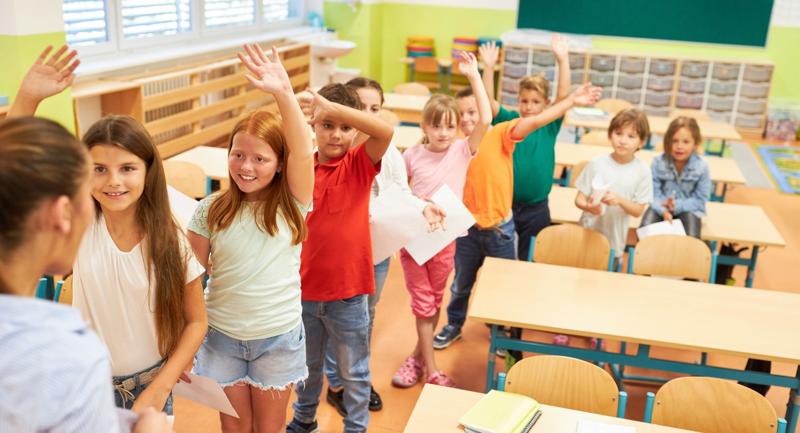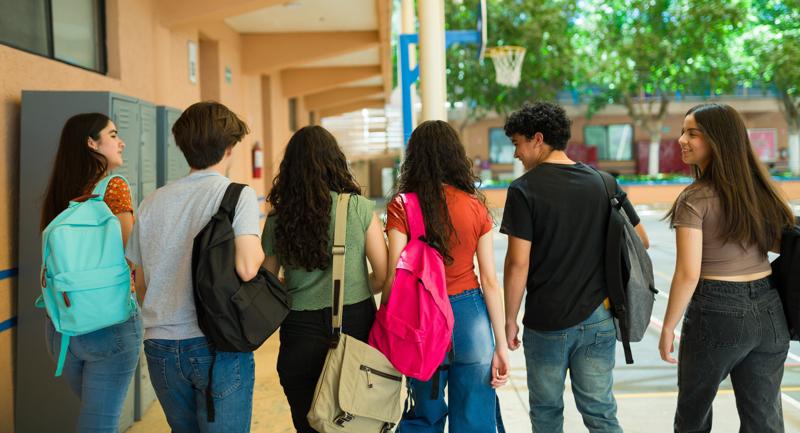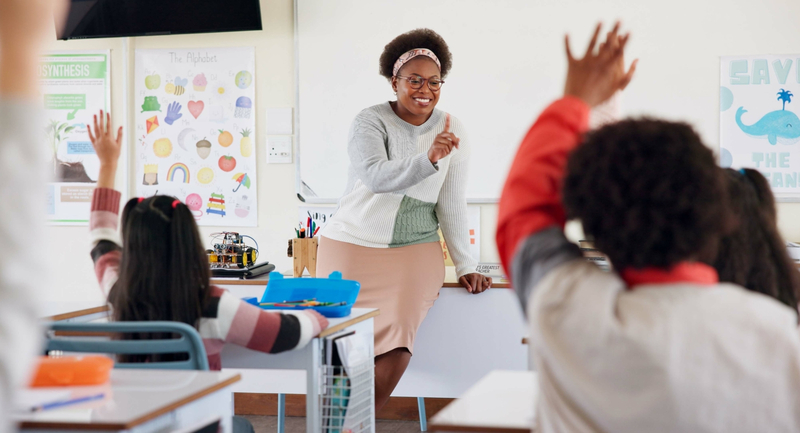According to the National Child Traumatic Stress Initiative, more than two-thirds of U.S. children report experiencing at least one traumatic event by the age of 16. Trauma, research shows, causes changes in the body and brain that impair key functions and impede children’s ability to learn. They may disassociate from tasks, develop a negative self-concept, or have trouble showing vulnerability and regulating behavior.
For educators, navigating behavior management for students who are processing trauma can be an especially acute challenge. They may feel there are only two options: ignore the negative behavior or be “tough” and hold students accountable at the expense of the teacher-student relationship.
But researcher Micere Keels, who specializes in trauma responsive educational practices, says educators don’t have to choose between these two options. In a recent ASCD webinar, “It’s Not Either/Or: How to Balance Relationship Building with Behavior Management,” Keels said this behavioral management situation can be an opportunity to both “leverage strong relationships [and] help students self-regulate.”
As studies show, a single positive relationship with an educator can significantly lessen trauma’s impact on a student. In fact, when a student develops a positive relationship with an adult, they’re more likely to develop a similar relationship with other adults in the building, according to Keels.
Understanding Student Trauma
The American Psychological Association defines trauma as an “emotional response to a terrible event” that can, in the long term, cause “unpredictable emotions, flashbacks, strained relationships, and even physical symptoms.” Keels adds that trauma can also fester as a result of an absence of a support network: “Trauma is what results when people experience negative events or chronic adversity but they don’t have the coping support to help them heal,” Keels explained.
In school environments, students suffering from trauma don’t typically alert others to their challenges, in part, because people “are socialized to not show emotional wounds” and “pretend as if everything is OK.” These students, Keels said, are prone to negative behavior because of the trauma lingering below the surface, and as a result, some might react to the slightest provocation. Yet teachers may be unaware of the reason behind such behavior.
Educators trying to build a positive relationship with a student coping with trauma need to reflect on that student's behavioral struggles on a continuous basis. “[The negative behavior] is directed at you but it’s not about you,” Keels reminded webinar attendees. Don’t rush to judgement or take the student’s actions out of context.
How, then, can educators attend to a student’s negative behavior while maintaining a positive relationship with them?
Practicing Reflection and Easing the Burden
Keels shared a daily exercise that educators can try to “intentionally reflect to go forward."
Take a moment to survey your class, she said. As your eyes rest on each student, take a deep breath and allow yourself to become aware of your feelings toward them. You may have unacknowledged negative feelings about particular students because of what isn’t working in your attempts to meet their needs. Some students might even appear to be rejecting your attempts to help them succeed.
When the weight of those negative emotions feels heavy, complete the following reflection to help you leave those feelings behind at the end of the day: After students have been dismissed but before you leave the building, take 10 minutes to release some of the burden of negative emotions. Take a deep breath as you read each question below, then take several deep breaths as you reflect on your response to each question.
Reflection Questions to Build Relationship Awareness
- What are the names of the one, two, or three students about whom you feel strong negative emotions?
- What does each of these students respond positively to; what makes each of them smile? What motivates each of these students; when do they get excited and show joy?
- What is each of these students’ biggest behavioral struggles, what help is each of them asking for through their behaviors?
- What small thing can you do with each of these students tomorrow to show them that they have a place in your classroom?
- Which adults have been able to make even a small connection with each of these students, and can you go to them for help?
Emotion-Centered Caring vs. Pedagogical-Centered Caring
Once the ground has been laid for a positive relationship with a student, there are two ways to approach and maintain the relationship. According to Keels, educators who seek to connect with all students on an emotional level will eventually become overwhelmed and withdraw. With “Emotion-Centered Caring,” educators pour all of themselves into relationships, which is unsustainable.
Instead, Keels recommends “Pedagogical-Centered Caring,” which focuses on three central tenets: integrating student interests into the curriculum, providing a 5:1 ratio of positive affirmations to corrections, and protecting student dignity during all disciplinary actions (oftentimes, Keels recommends, it’s not what you say but how you say it).
Pedagogical-Centered Caring encourages educators to use positive language to mirror the behavior they want to see. As an example, Keels recommends avoiding judgment-laden statements like, “I am moving you because the two of you are always talking!” and instead using more productive statements such as, “Today, we are switching partners in order to practice our new strategy.”
Once the Pedagogical-Centered Caring approach is applied, educators can move on to deeper relationship-building. It is important to cultivate trust by engaging in pedagogical relationship-building actions (such as greeting students at the door). This enables students to feel safe, connected, and respected.
Positive relationships need to be fed by ensuring that all interactions, especially those related to classroom management, emphasize student dignity. Established relationships can diminish over time, said Keels, if ignored or if students’ good behavior is not reinforced.
Want to hear more? Watch the full webinar on balancing relationship building with behavior management.








